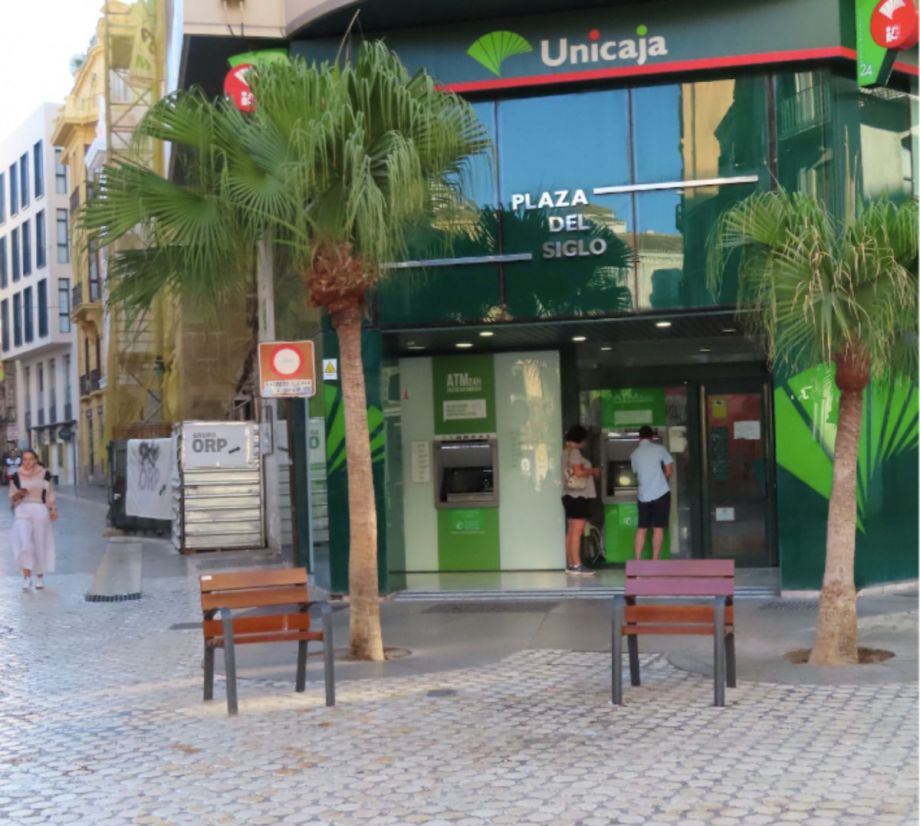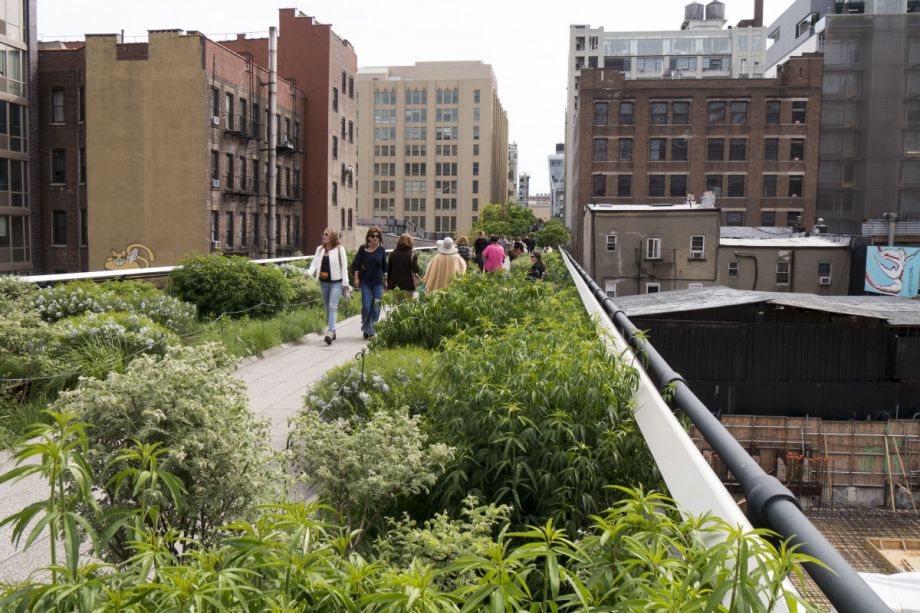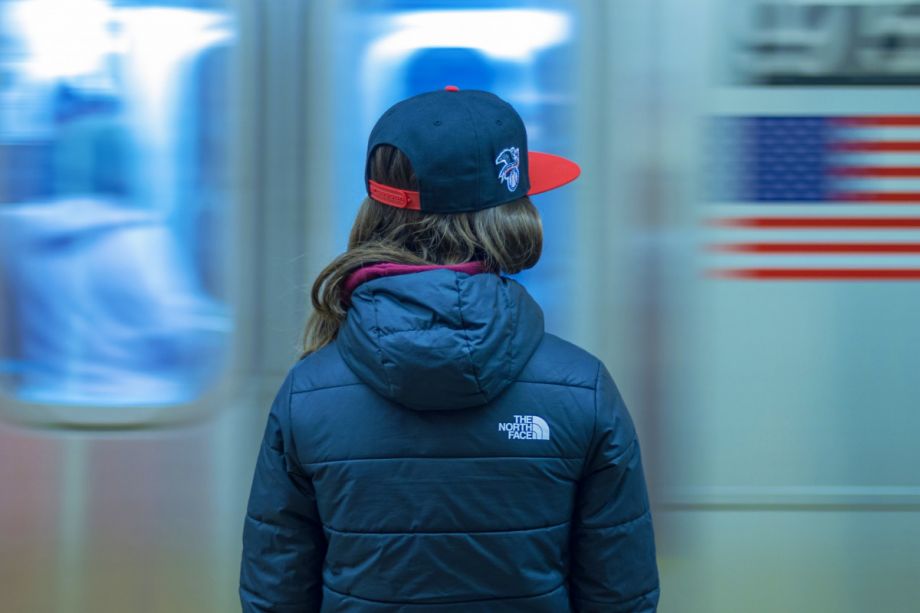How can the design of urban public spaces help ease loneliness? Most intuitively, through opportunities to encounter and interact with others. Studies suggest, however, that many people who feel lonely are not socially isolated, and that lonely people often prefer to spend time by themselves. We hence suggest a paradoxical intervention to ease the painfulness of loneliness by making space for it.
Feeling lonely isn’t just uncomfortable. It’s also been linked to multiple health risks, including depression or a weakened immune system. Although loneliness is often believed to mainly result from lacking social contact or relationships, it can have many different causes: people can feel lonely due to a troubled family background, not fitting in, problems and decisions, or a poor understanding of their own aims and needs.
Reducing social isolation, then, would often fail to reduce loneliness. In fact, many lonely people seem to seek social withdrawal and may, paradoxically, also benefit from being by themselves. Interviewees in our own research about loneliness reported that they engage in solitary activity to reflect, protect themselves from negative interactions, or create a better relationship with themselves. In their experience, this isolation could ease – and sometimes even fully erase – loneliness.
It’s important to understand that people who prefer not to engage in conversation or shared activities can still enjoy company. But there is little public space for being by oneself. With a few exceptions such as public transport or libraries, “public” and “solitude” tend to be understood as opposites in the field of architecture. This can exacerbate loneliness, depriving people who long to be by themselves of opportunities to develop a sense of belonging to a place or community.
Their loneliness can be increased through the resulting invisibility of alone-ness. Although loneliness and alone-ness are different experiences, alone-ness can visually represent loneliness. Lonely people may thus feel alone with their experiences, judged or rejected for them.
The way that public space is built indicates what is socially normative. This raises the question of how public spaces can be designed to ease loneliness. Our research points toward some concrete solutions, which city planners, architects and other designers of public spaces can implement.
Reducing social stigma

Park chairs rather than the usual park benches. (Photo courtesy of authors)
Little visibility of alone-ness can signal that feeling lonely or wanting to be alone are uncommon or unaccepted, which can in turn increase individuals’ feelings of loneliness. Public spaces should be designed to invite people to feel welcome coming alone, taking into consideration the needs of individual visitors.
Some coffee shops, including Starbucks, offer round tables. Unlike rectangular tables, round tables do not clearly define how many people they are intended for. Similarly, park chairs – unlike park benches – don’t signal the absence of others.
As loneliness often pairs with shyness or social anxiety, using plants, shelves and bushes can help keep individuals from feeling overly visible or exposed. For example, the Kadriorg-park in Tallinn or the Amstelpark in Amsterdam have different themed sections, such as English, French or Japanese gardens.
Spaces to reflect
Public space can help deal with loneliness by offering opportunities to reflect on the origins of this feeling. To avoid competition between individuals’ internal thoughts and external stimuli, such spaces can be made safe and calm through, say, acoustic walls or water that can drown out traffic noise. Pedestrian promenades, quick routes out of cities or traffic lights on the floor – as Bodegraven has done in the Netherlands to accommodate pedestrians looking down at their phones – may allow people to engage in undisturbed walks.
References to nature or the universe can also help put individual problems into perspective, through urban greenery, trees, or monuments that direct views up to the vast sky, or through playing with light, materials and shapes in church architecture as do Swiss architect Peter Zumthor and Japanese architect Tadao Ando.
Fostering belonging
It’s not just being among people that can offer individuals a sense of belonging. So too can places and the community of people who are separately using the same space. This can be fostered by creating opportunities to shape, and engage with, one’s spatial surroundings – such as through street gardening, collaborative public art, or through opportunities to exchange messages through graffiti or posters.
At the Museumsquartier in Vienna, large pieces of furniture allow individuals to lie down or sit alone or together with others. They offer opportunities to place one’s own parasols, and their color is determined through online voting. Similarly, in a Stockholm art project, the color of a building’s façade changed with reported emotions in a public poll.

The High Line in New York City (Photo by Bryan Ledgard)
Spaces that allow individuals to mentally escape
Loneliness often is difficult to address – take the loneliness after the loss of a loved one. Sometimes, distraction from one’s loneliness – through visual, auditory or physical sensations, for example – can be a welcome relief.
Consider leveled walkways like Newcastle’s Walkways in the Sky, a freestanding staircase like The Vessel in Manhattan, slides instead of staircases like in Google’s headquarters, or the High Line train track-turned-park in New York City. Spaces may also distract by offering changing views: In Melbourne, a free tram circulates the city center. Events such as public film screenings, concerts, light shows or ice rinks can offer additional distraction.
It may still sound paradoxical. But our research shows there’s an open opportunity for easing loneliness by making space for it. Of course, there’s still room for reducing loneliness through more social contact. Given the diversity of people’s experiences of loneliness, we know different groups will benefit from different interventions.
Tapping into these strategies, we believe, can allow city planners to move towards a more diverse and nuanced understanding when planning against – but also for and with – loneliness in their communities.
Luzia Heu is a psychologist and interdisciplinary social scientist from Vienna. In her PhD research at the University of Groningen, she examined loneliness in different cultures. She is currently an assistant professor of interdisciplinary social sciences in Utrecht.
Tom Brennecke is an architect and urbanist from Germany. He is undertaking his PhD in urban sociology in Milan.
















